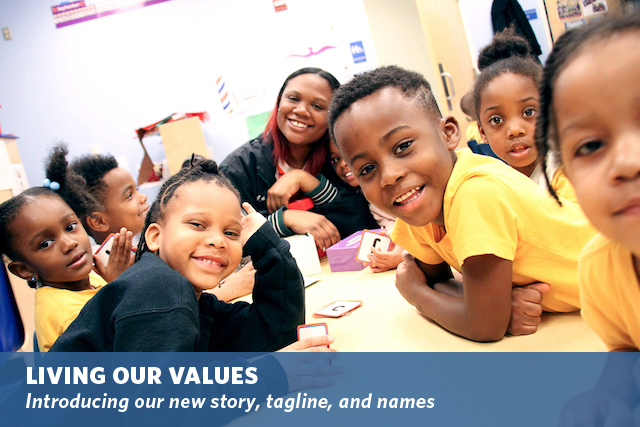One of our KIPP Leadership Design Fellowship sessions is focused on building an internal leadership pipeline. Check out five key steps to make it happen at your school.

5 Steps To Strengthen Your School Internal Leadership Pipeline

Author: Melissa Parry Gall, Dir. KIPP Leadership Design Fellowship
We all know that cultivating talent from within your organization is crucial to the success of all education organizations, yet many struggle to do so. The fundamental goal is to know your people and their aspirations, to thoughtfully plan and strategically prepare people to be holistically ready to lead. At our KIPP Leadership Design Fellowship (KLDF) participants learn to do just that. KLDF is an eight-month program designed for the senior leaders of public school districts, charter school systems, and leadership training organizations who are seeking to join a cohort of innovative education leaders to get an in-depth look at KIPP’s leadership selection, development and support model. Fellows come to the program excited to share with KIPP and to collaborate with each other as well. Since 2011, 315 leaders from more than 110 organizations serving over 11.8 million children have completed in KLDF to-date.
One of our KLDF sessions is focused on building an internal leadership pipeline. Below are five key steps to make it happen at your school:
1. Plan for talent:
- Know who is in your pipeline. Who has the desire and who will be ready for leadership?
- Determine how many leaders you will need to meet your succession needs, and if applicable, your organizational growth aspirations.
2. Set an organizational bar of excellence:
- Work together as one organization to establish criteria for high, mid and low performance across the organization so that all leaders are assessed on the same bar.
- Adopt an organizationally set bar of readiness for school leadership that all leaders are normed on.
3. Diagnose talent against that bar and identify opportunities to further the development of your leaders:
- Check in on leader readiness four times per year, in annual talent reviews, selection events, and 1:1 check-ins with Principal Managers and Principals.
- Use readiness check-ins to help forecast your long-term talent pipelines.
4. Create 70/20/10 development plans to close the gaps
- The theory of 70/20/10 development is based on 40 years of research by the Center for Creative Leadership on how executives best develop. They found that most learning comes from experiences: 70 percent of development is on-the-job learning, supported by 20 percent coaching and mentoring, and 10 percent formal training. As you are creating a development plan, ensure that it integrates the “70” and the “20” into the way you will develop your leaders (and does not over-rely on formal PD, the “10”).

5. Create habits of Assistant Principal development and monitor progress
- Observe Principals Developing their Assistant Principals 1 x month: Every month, Principal Managers carve out time to observe the Principal’s development of his/her Assistant Principals in a variety of leadership tasks.
- Principal Managers Progress Monitor Assistant Principal Development 1 x month: Every month, Principal Manager checks in with Principals on their Assistant Principal’s progress asking two questions:
- Did you do what you said you were going to do? (Did you complete the steps in the Development Plan?
- Is it working? (Is the Development Plan increasing the Assistant Principal’s readiness for School Leadership?)
All schools need “ready” leaders in their internal pipelines, who can fill the positions and lead strong schools. These steps will ensure you have someone in the school ready to fill in when the time calls for it. These are just some of the practices participants discuss at KLDF sessions, so if you want to learn more click here.




